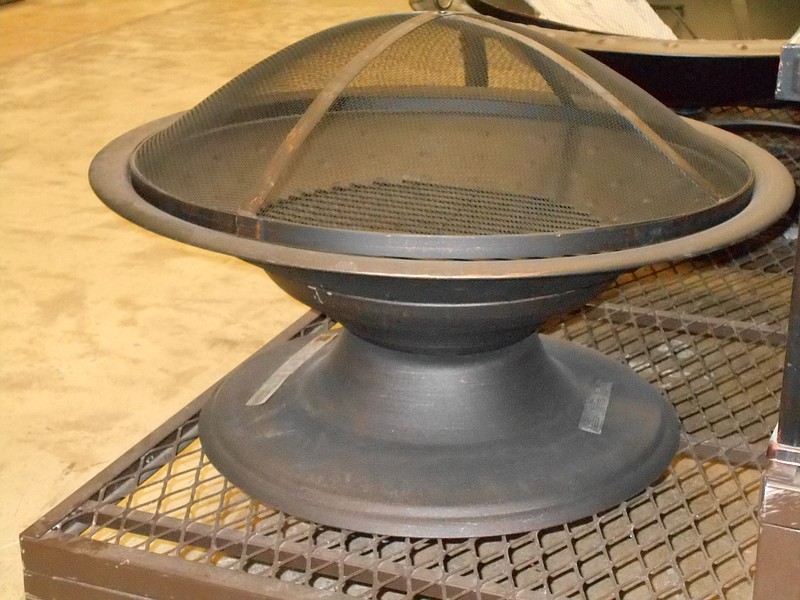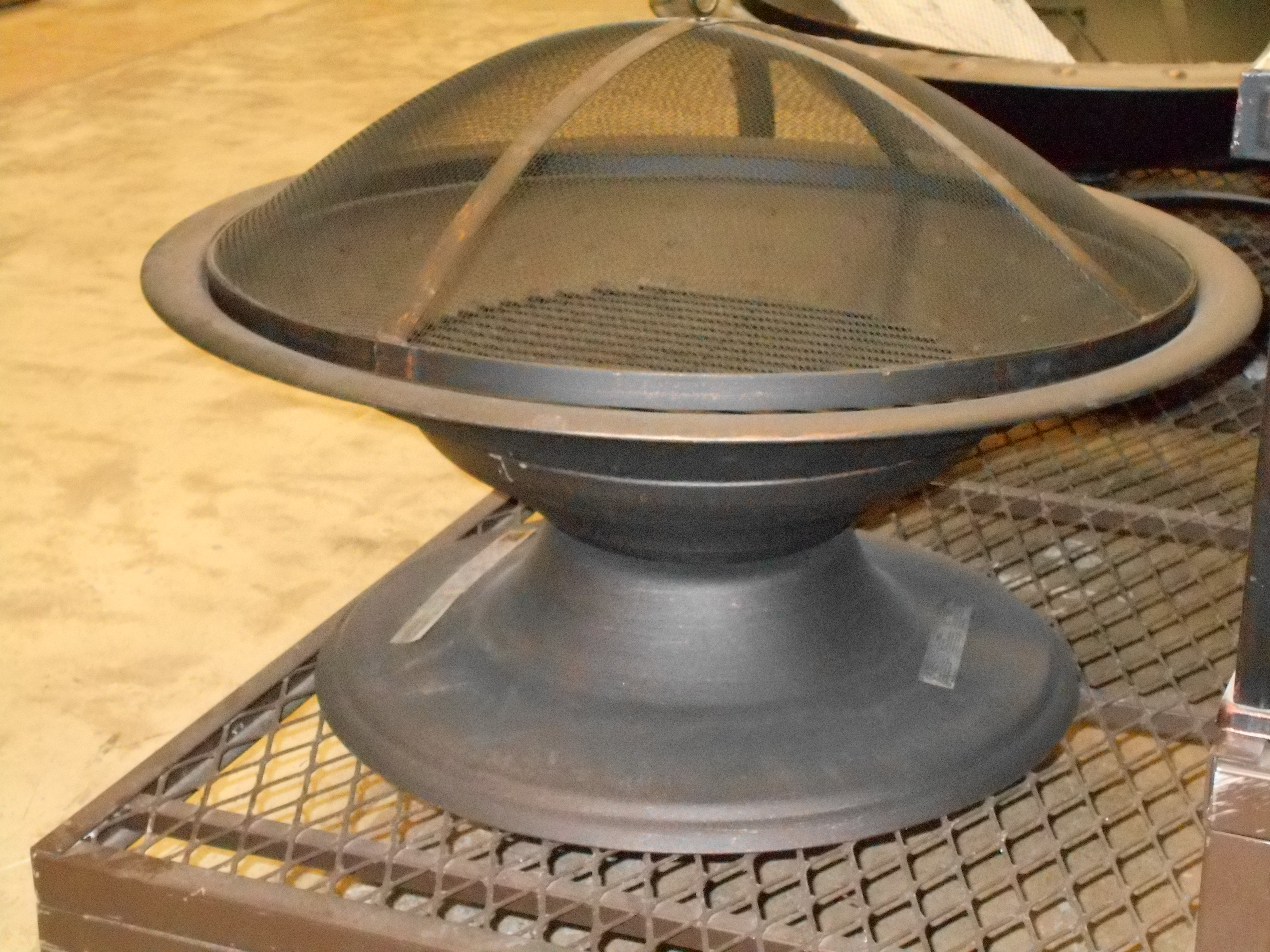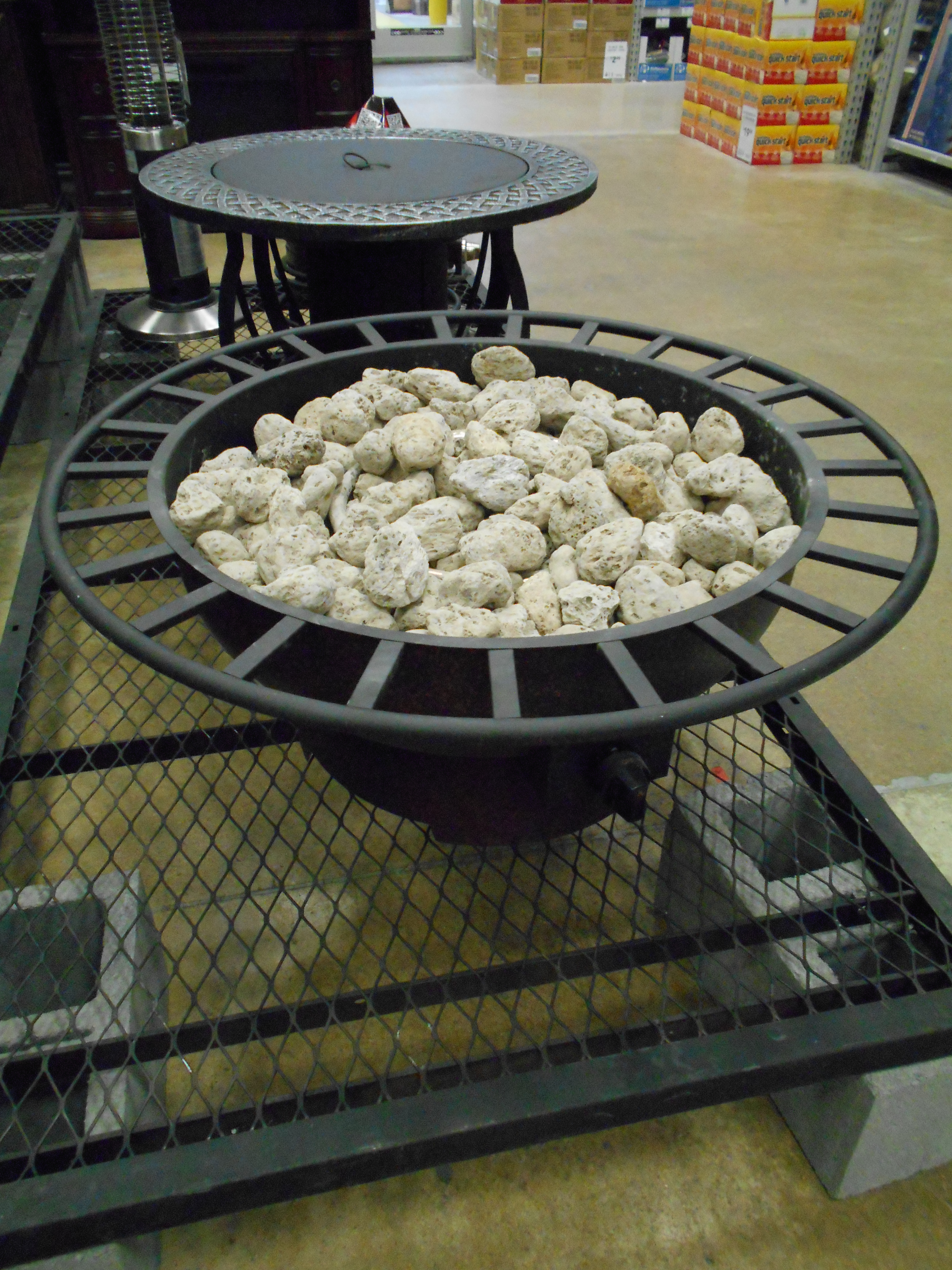Fire safety tips* A fire pit should be at least 10 feet away from any structure or combustible surface.* Place a fire pit on hard stone, cement or tile, which are fireproof.* Check weather conditions before lighting up; avoid windy nights that will blow embers.* Pick up leaves and other combustible materials before lighting the fire to prevent accidental spreading.* Don't burn pressure-treated wood in a fire pit or fireplace because it may contain harmful toxins.* Always keep a container of water near a fire pit.* Never, ever, place a fire pit under a covered area, no matter how tall the ceiling.* To extinguish a fire, spread the ashes over a large surface area and let them cool down for a while. Then take a small container of water and slowly pour it over the ashes. Monitor the ashes before going to bed, making sure there are no flare-ups later.Source: HGTV.com
By the time readers wake up Sunday morning, Daylight Saving Time will have ended and clocks will have rolled back an hour. Dusk will arrive earlier, but that change doesn't have to sunset your outdoor fun.
The addition of a fireplace or fire pit is an easy way to lengthen outdoor entertaining hours.
"Fireplaces and fire pits are more popular in the fall than any time, they aren't just a spring-summer outdoor space," says James Eaton, owner of Chattanooga Land Design. "A lot of the ones we build have an outdoor kitchen nearby for grilling or a covered area with a television for watching football outdoors with friends."
Outdoor fireplaces and fire pits are the No. 1 requested design feature today, according to the American Society of Landscape Architects. Fall's cool but usually tolerable; temperatures make roasting marshmallows an activity for all ages to enjoy, and there's just a cozy ambiance to gathering around a fire with friends. While not everyone may have it in their budget to install an outdoor fireplace, a free-standing metal fire pit starts as low as $50.
But do your homework before visiting a landscape company or your neighborhood hardware store, say local business owners. The terms "fireplace" and "fire pit" are often used interchangeably by consumers, but they are not the same thing.
An outdoor fireplace is the same firebox/hearth/flue design found inside a home; it's built into rock and is not portable. Depending on how elaborate and extensive the rock work, these can become quite pricey.
The simplest fire pit is a free-standing metal bowl on legs with a protective screen covering. This style -- most popular for patios and other small spaces -- is portable and may be moved from one location to another. Homeowners will frequently encircle fire pits in stone to give them a more substantial look.
Newest designs in fire pits are fire tables, which range in styles from cocktail tables to coffee tables to pedestal-style dining tables. The fire box sits in the center of the tabletop, with a steel fire-box cover that can be removed when the fire is lit or replaced for a solid-surface table.
Second, consider location.
"Having a great backdrop behind the fireplace is important because that's what you'll be looking at every time you face the fireplace. What's behind the property? You don't want to be looking in a neighbor's windows," advises Barrett Fischer, owner of Fischer Landscape Co. with his brother, Reynolds.
"Also, when the fire is lit at night, you are highlighted, so homeowners will want to consider their privacy. They may want to choose some nice evergreens for privacy screening."
Fischer says it's also important that homeowners check local building codes.
"Different areas, such as private communities, have rules homeowners must follow; for example, you can't have a chimney higher than a privacy fence. Check local codes about the height of the flue and distance a fire pit needs to be from the house," Fischer says.
Third, do you want a wood-burning or gas/propane fireplace?
"Wood-burning is less expensive for either a fire pit or a fireplace," says Eaton. "You can have a better fire, you can control how big a fire you have, but the downfall of wood-burning is the smoke and ash.
"Gas fires burn cleaner because there is no smoke. Plus there are gas models that you can push a button and the fire starts. But they are more expensive, they don't put out as much heat and they are messier if you cook anything over them, such as roasting marshmallows, because it drips into the gas unit," Eaton says.
He advises that homeowners who choose a gas fireplace/fire pit will need to run a line to it from a larger tank. It is possible to mount a smaller tank behind a fireplace, he says but, in most cases, a line is the preferable choice.
Both men say the most popular choice in stone exteriors for fireplaces/fire pits is veneer.
"Veneer is a thin piece of stone, a natural piece of stone cut in half so it doesn't have but half the weight," says Fischer. "The artificial stone you see around town is stamped out of concrete to give a natural look. They are both veneer, but one is natural and one is artificial. Both will work on a fireplace, but choosing should depend on what is on the rest of the house. If the house has natural stone, stay with natural stone."
Contact Susan Pierce at spierce@timesfreepress.com or 423-757-6284.


